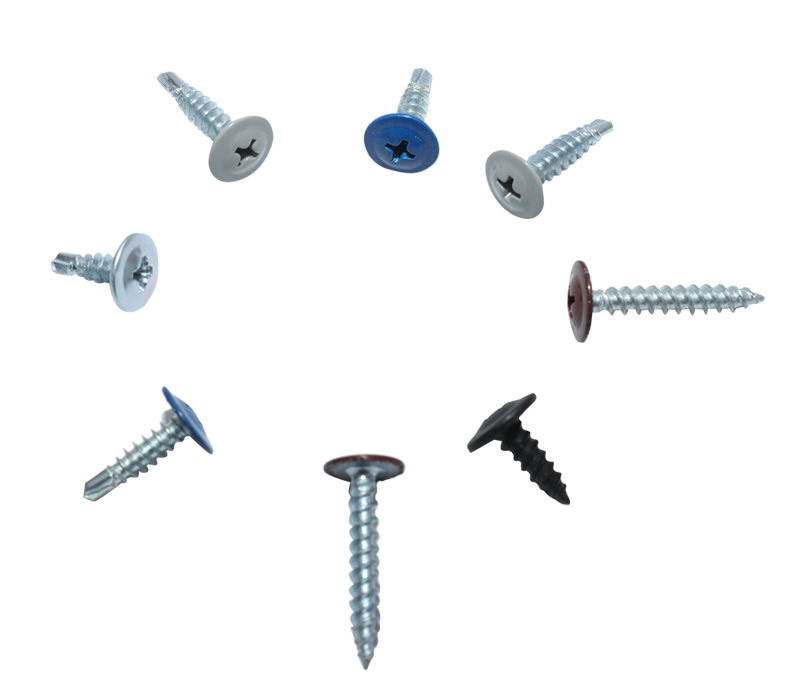1. The thickness of the fastened parts is greater than […]

1. The thickness of the fastened parts is greater than the thickness of the head of the self tapping screw. After the tapping screw is tightened, there is still a part of the screw thread that does not enter the threaded hole. In this case, the self-tapping screw can definitely be tightened.
2. The thickness of the fastened parts is less than the height of the head of the tapping screw, which is common in sheet metal parts in mechanical equipment, such as the connection of the hinge of the chassis and the door and the box; the connection of the sheet metal cover of the equipment and the equipment and many more. Due to the small thickness of the part, the screw through hole of the fastened sheet metal part becomes a conical hole completely. In this case, when the self-tapping screw is tightened, the screw head is not a conical surface to compress the sheet metal part , But the bottom of the head of the self-tapping screw and the top of the threaded hole are squeezed. Although the screw feels that the screw is tightened, the sheet metal part is stuck instead of being pressed. In this case, although the screw feels that the screw is tightened, But the sheet metal parts are indeed not tightened. This is a very common situation.
3. The head cone of the self-tapping screw has a cone angle of 90°. Usually the top angle of a newly purchased drill bit is 118°-120°. Some workers who lack training do not know this angle difference and often use 120° directly. The drill bit reams the hole, which causes the self-tapping screw to be tightened not because of the head cone surface, but the line at the bottom of the self-tapping screw head. This is one of the reasons why the so-called self-tapping screw cannot be tightened.